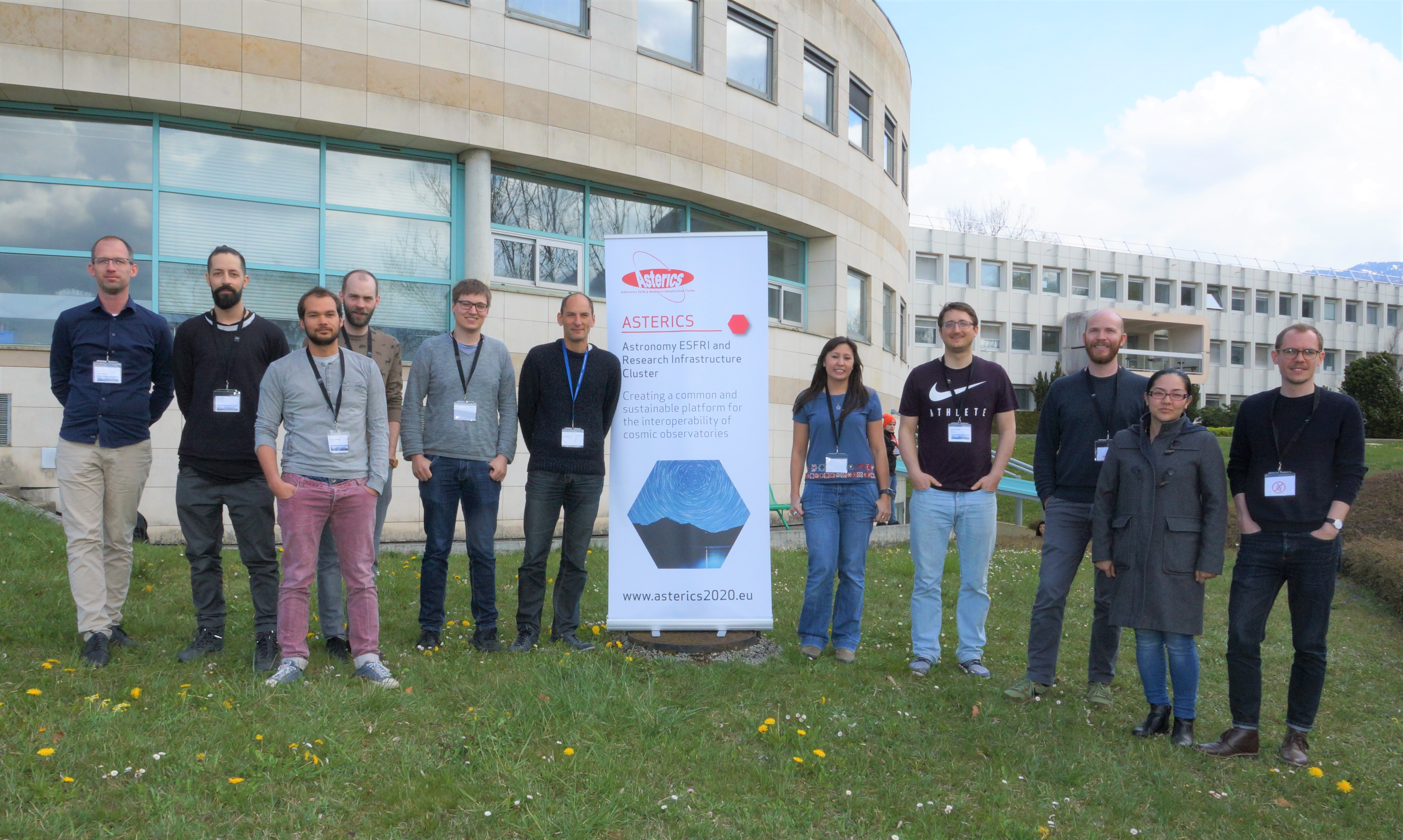 Name: Tammo Jan Dijkema
Name: Tammo Jan Dijkema
Bio: Tammo Jan Dijkema is a scientific software engineer at ASTRON, working mainly on calibrating and imaging the visibilities from LOFAR telescope. His background is in numerical mathematics. Tammo Jan is the project manager for the LOFAR Calibration & Imaging team, is involved in the casacore package (which forms the base of CASA) and contributes to the development of SKA. His computer interests include git, travis, TaQL, qgis, Excel and of course python.
Institute/Organization: ASTRON
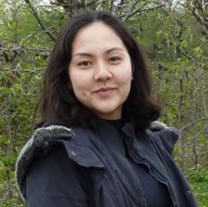 Name: Emille E. O. Ishida
Name: Emille E. O. Ishida
Bio: Emille is a researcher at Université Clermont-Auvergne, France, working on the Large Synoptic Survey Telescope (LSST). She is a specialist in machine learning applications to astronomy with special interests in type Ia supernovae spectral characterization, classification, and cosmology. She is also highly engaged in the development of interdisciplinary science environments through the Cosmostatistics Initiative (COIN).
Institute/Organization: Université Clermont-Auvergne, France
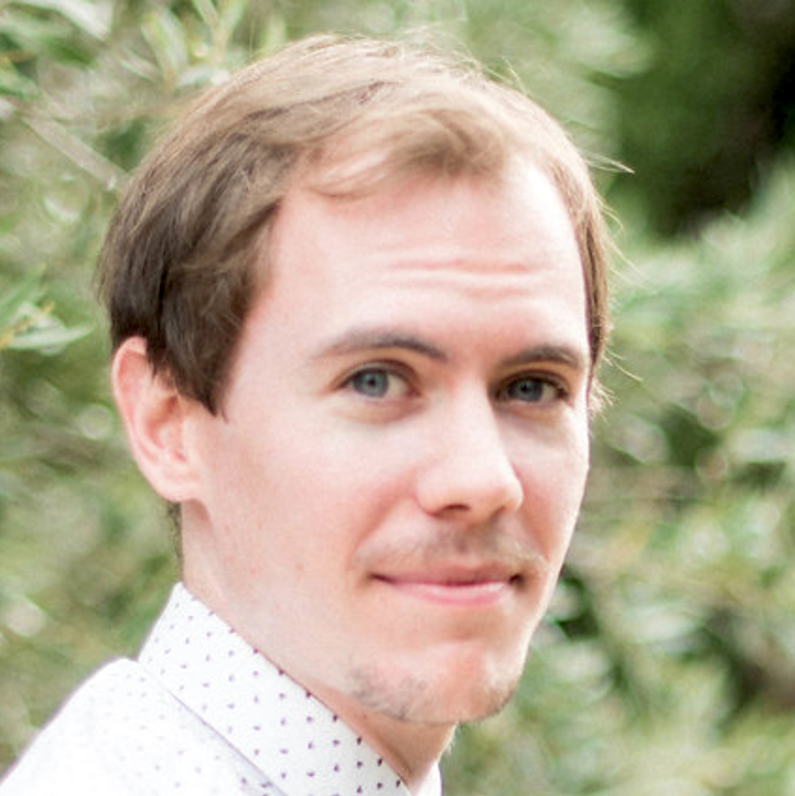 Name: Alexandre Boucaud
Name: Alexandre Boucaud
Bio: Alexandre is a scientific software developer specialised on data processing pipelines for large scale cosmological surveys (LSST, Euclid). He has a background in cosmology and is currently interested in using deep learning techniques to speed up astronomical data reduction. He enjoys contributing to open-source software, mostly in Python, and giving tutorials on good practices in software development for scientists.
Institute/Organization: Laboratoire Astroparticule et Cosmologie (APC), CNRS
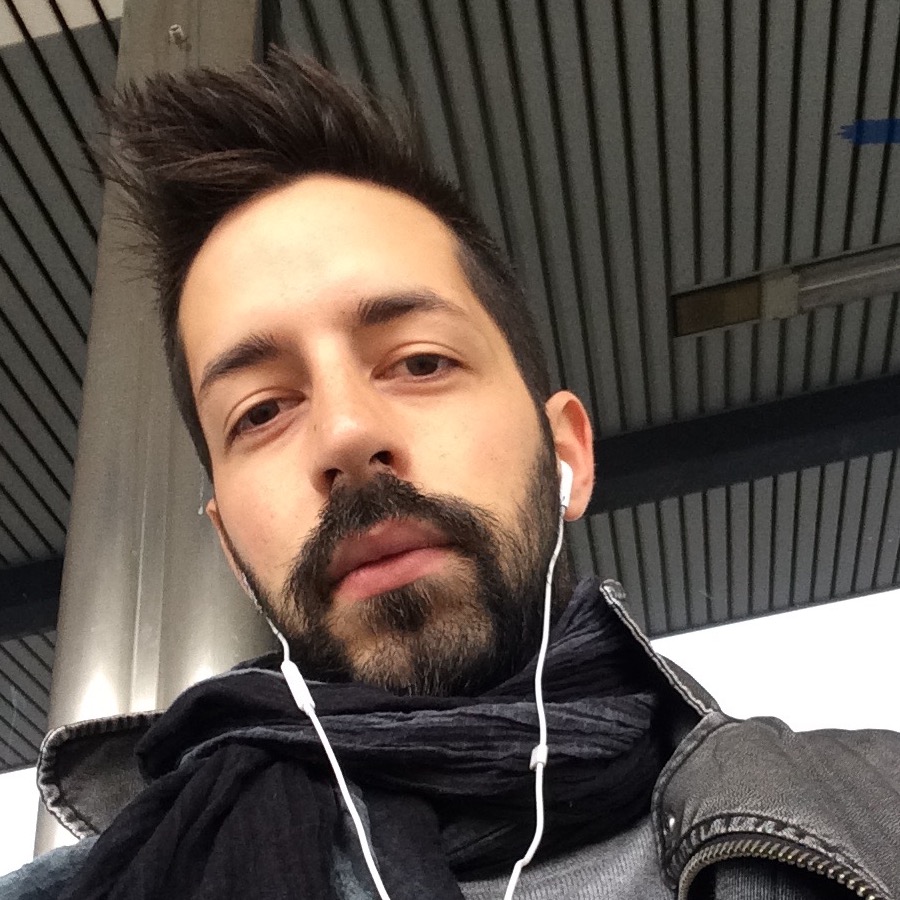 Name: Tamas Gal
Name: Tamas Gal
Bio: Tamas is PhD Student in Physics at the Erlangen Centre for Astroparticle Physics (ECAP) and the main developer of the Python/Cython based KM3Pipe analysis framework used in the KM3NeT project mainly for online and quasi-online data analysis. The aim of his thesis is online monitoring and live reconstruction and analysis of neutrino events seen by the KM3NeT neutrino telescope. His favourite languages are Python and JuliaLang for scientific computing and Haskell for fun.
Institute/Organization: KM3NeT ; FAU-ECAP, Germany
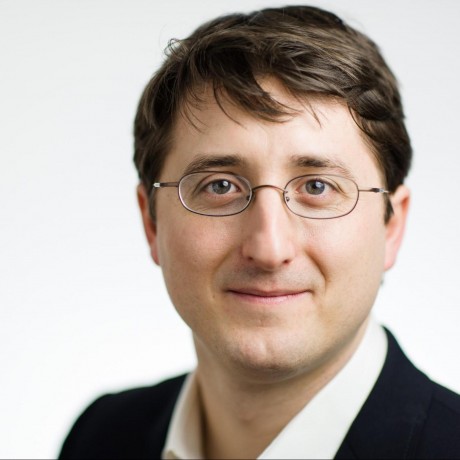 Name: Christoph Deil
Name: Christoph Deil
Bio: I am a gamma-ray astronomer, working on the existing H.E.S.S. and upcoming CTA gamma-ray telescopes. I am mainly working on Galactic plane survey analysis and methods to make source catalogs and to disentangle diffuse and source emission. In recent years a heavy focus of my work was the development of open source science tools (especially Gammapy and other Python packages in the Astropy ecosystem), as well as open high-level data formats for gamma-ray astronomy.
Institute/Organization: Astrophysics Division, MPI for Nuclear Physics, Germany
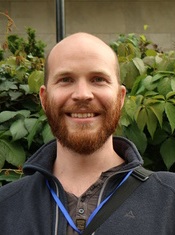
Bio: Axel is a PhD student in Gamma-ray astronomy working on the H.E.S.S.Galactic plane survey . He is the co-developer of gammapy, an open source python package for gamma-ray astronomy . He is an Astropy core contributor, where he mainly worked on `astropy.convolution` and `astropy.modeling`. His github profile: https://github.com/adonath
Institute/Organization: Max Planck Institute for Nuclear Physics, Heidelberg, Germany
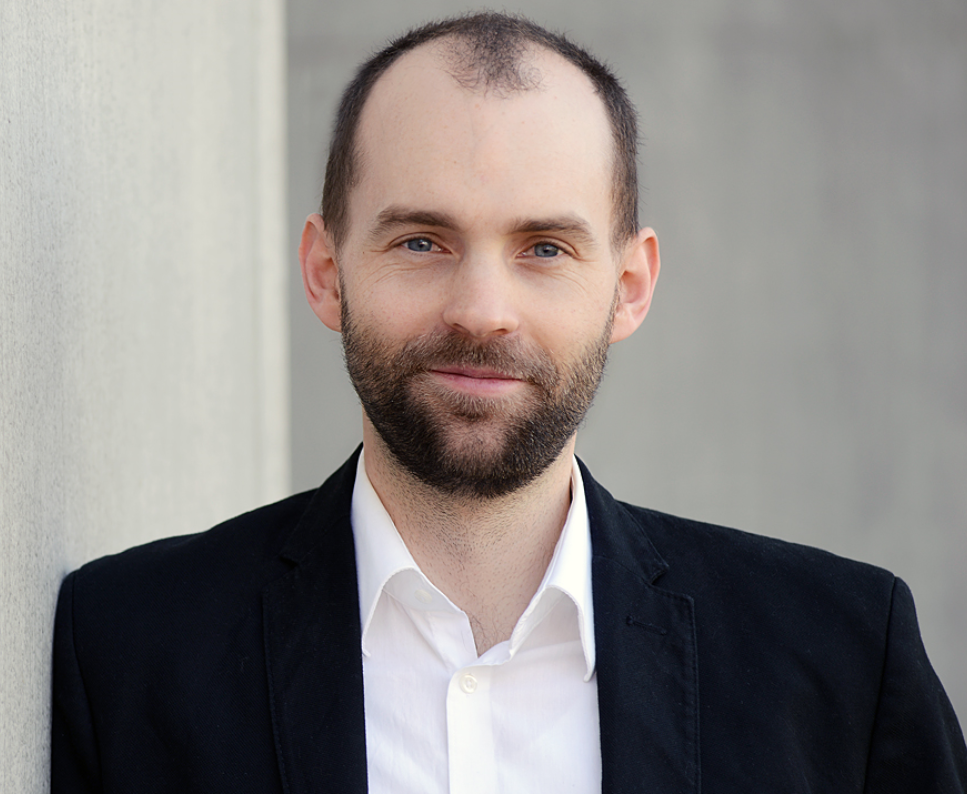
Bio: Kai is a researcher and Python/Java developer from Germany who specialized on machine-learning and theoretical computer science during his undergrad. He works as a freelance data scientist and is currently pursuing his PhD at the University of Dortmund. He currently works on improving the data analysis process of telescopes recording very high-energy gamma rays from distant galaxies and writes open-source software for the Cherenkov Telescope Array (CTA) project. Link to my Github account.
Institute: Astroparticle group at the Technical University of Dortmund.
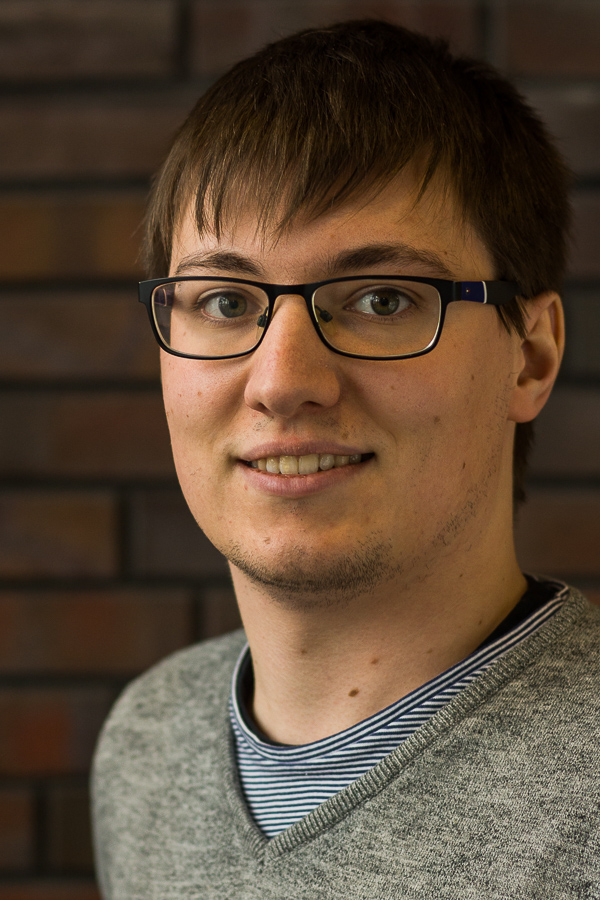 Name: Maximilian Nöthe
Name: Maximilian Nöthe
Bio: Max is a researcher in gamma-ray astronomy and developer/data scientist from Germany.
While pursuing his PhD at the University of Dortmund, he also works as a data scientist in a small startup.
He currently works on improving the data analysis process of the FACT and CTA experiments. Max is organizing and lecturing the "Toolbox-Workshop" in Dortmund, a workshop teaching undergrads the basics of programming, data analysis and good scientific practices using Python, git, unix, make and LaTeX.
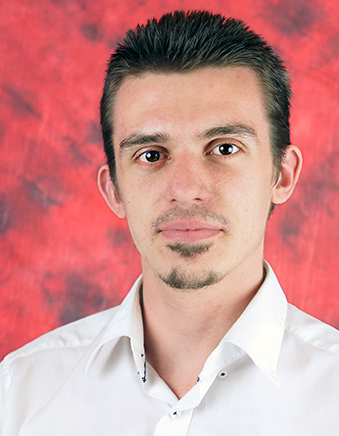 Name: Pierre Aubert
Name: Pierre Aubert
Bio: Pierre Aubert is a post-doc at Laboratoire d'Annecy de physique des particules (LAPP) focusing on using High Performance Computing (HPC) to speed up data analysis of the Cherenkov Telescope Array (CTA). He gained his PhD in 2018 in computer science at the university of Paris Saclay.
Institute: LAPP, CNRS
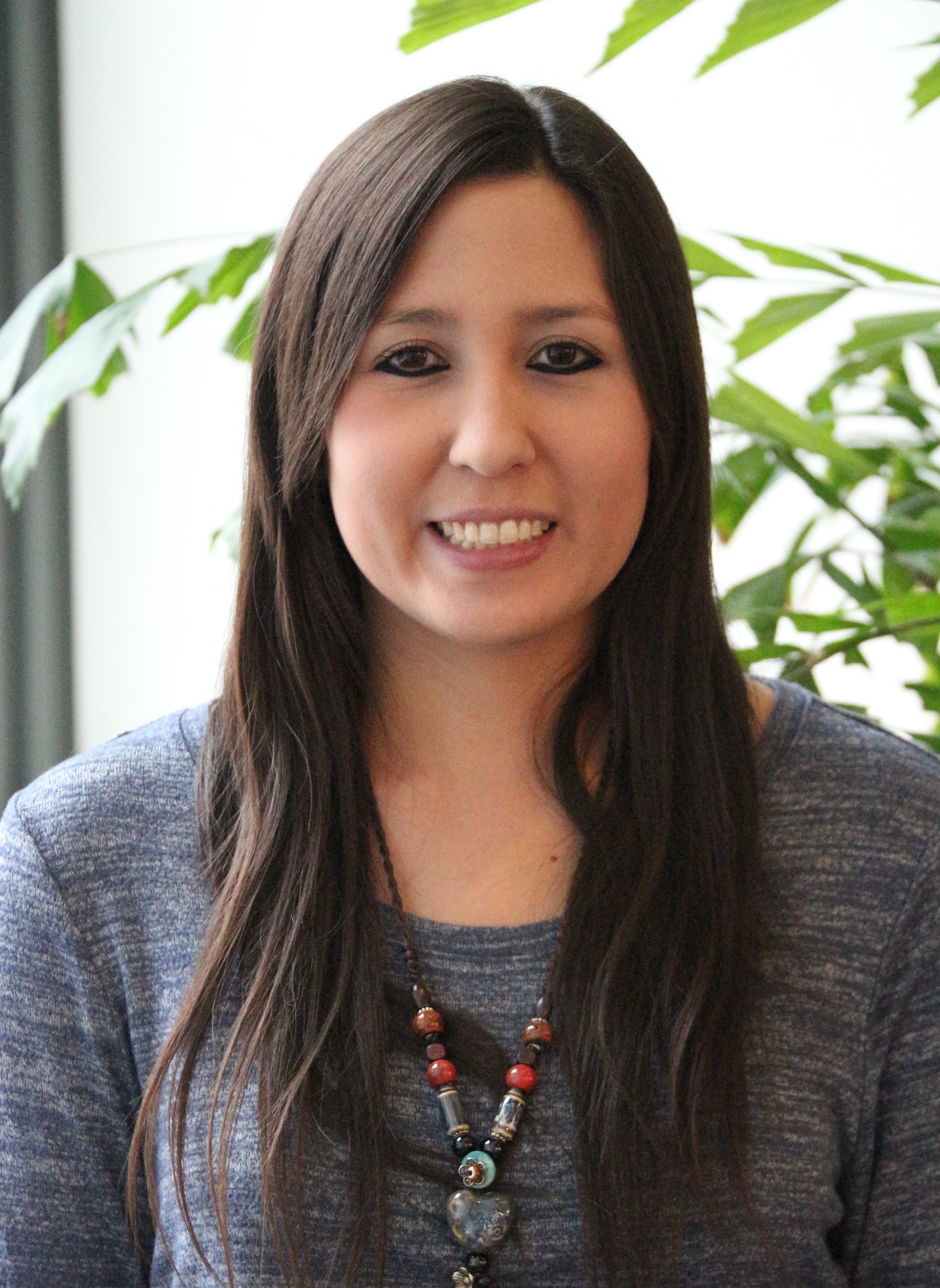 Name: Vanessa Moss
Name: Vanessa Moss
Bio: Vanessa is an observatory astronomer working as part of the Radio Observatory. She is currently the Apertif Operations Manager, overseeing operations for the Apertif upgrade to WSRT. Part of her role involves developing operational tools to aid with automation, system specification and complex data visualisation, but she has also created broader astronomy tools such as arXiver and the interactive LOFAR map. Her research focuses on extragalactic HI absorption and anomalous Galactic HI.
Institute: ASTRON
Additional tutors (hands-on)
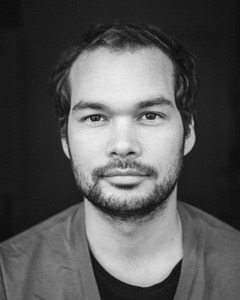 Name: Thomas Vuillaume
Name: Thomas Vuillaume
Bio: Thomas Vuillaume is an astrophysicist and data scientist working at CNRS-LAPP. His research interests include AGN jets and their emission. He obtained his PhD in high-energy astrophysics developing numerical jet models and applying them to observational data. In addition, he is an active member of the H.E.S.S. and CTA collaborations, working on the development of data analysis techniques and software for Imaging Atmospheric Cherenkov Telescopes. His expertise includes machine learning approaches applied to image analysis. He has also developed a taste for high performances, including performant computing and data formats.
Institute: LAPP, CNRS
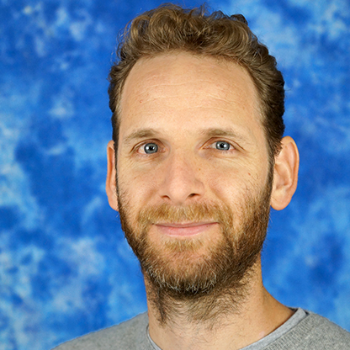 Name: Mikaël Jacquemont
Name: Mikaël Jacquemont
Bio: I am a PhD student in Deep Learning and Information Processing working on the upcoming Cherenkov Telescope Array data analysis. The aim of my thesis is to apply Deep Learning technics to CTA images in order to isolate gamma-ray events from background and reconstruct their parameters. I am the main developer of the Gammalearner deep learning framework (https://lapp-gitlab.in2p3.fr/GammaLearn/GammaLearn).
Institute: LAPP, CNRS ; LISTIC, University Savoie Mont Blanc.
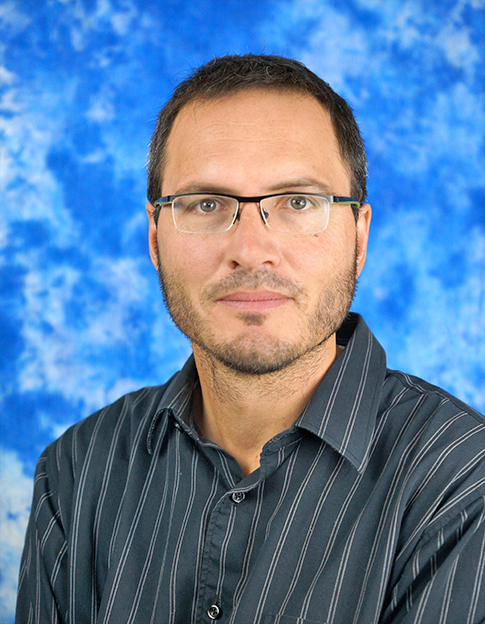 Name: Frédéric Gillardo
Name: Frédéric Gillardo
Bio: Frederic is a software engineer working on storage solution for CTA at the LAPP. Frederic develops software using Python and JAVA. He has developed JAVA storage application for the pharmaceutical industry for more than 10 years. His expertise also include IT security development based on authentication using certificate.
Institute: LAPP, CNRS
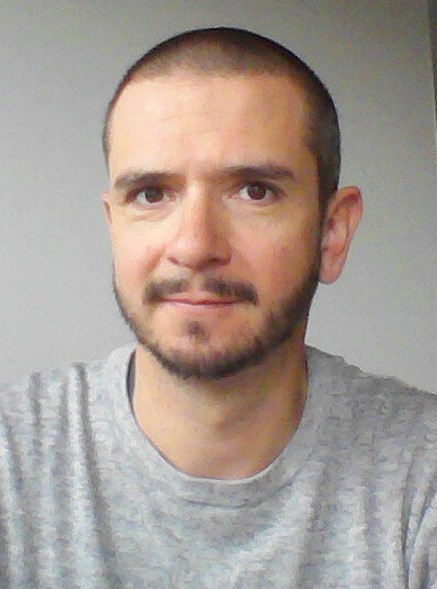 Name: Jean Jacquemier
Name: Jean Jacquemier
Bio: Jean is a software developer. He has been working for french fundamental particle and astroparticle physics research from last 16 years. He is mainly developing C/C++ and Python data reconstruction software. He is the head of the computing service at LAPP.
Institute: LAPP, CNRS

